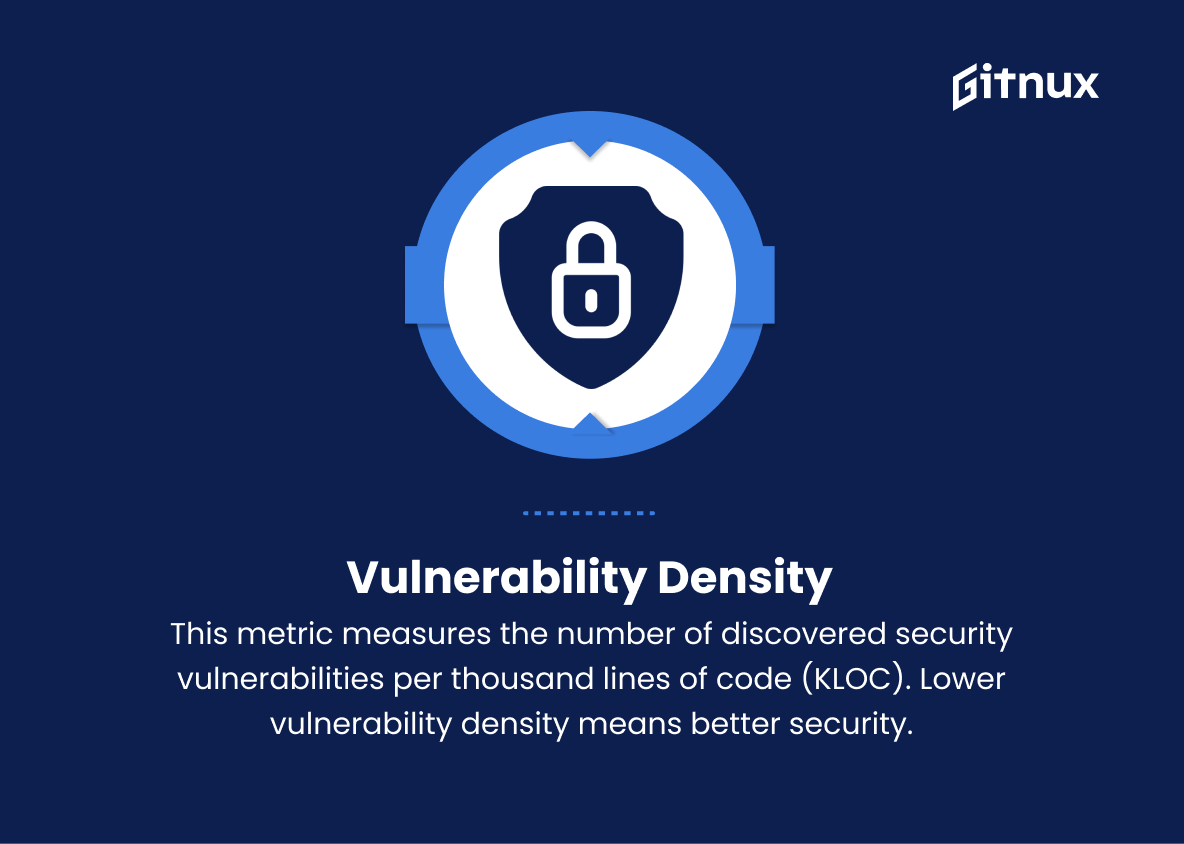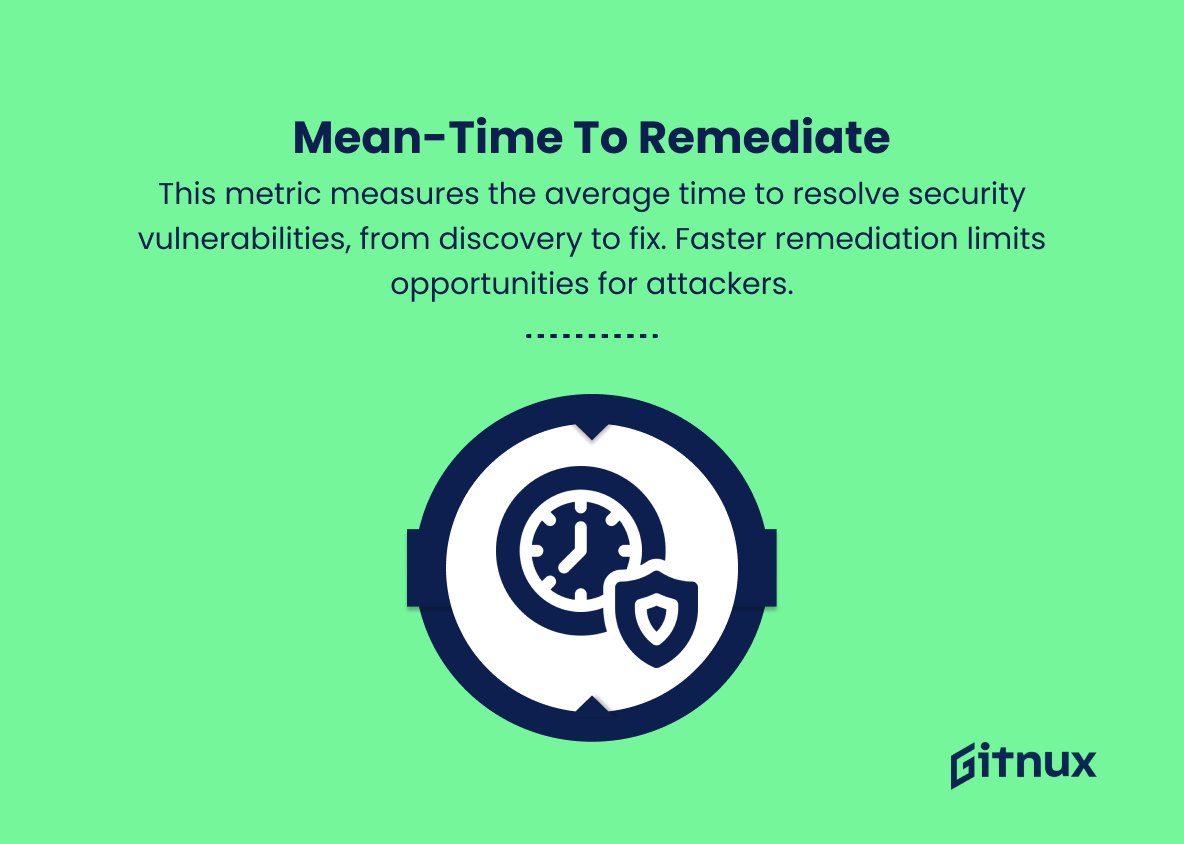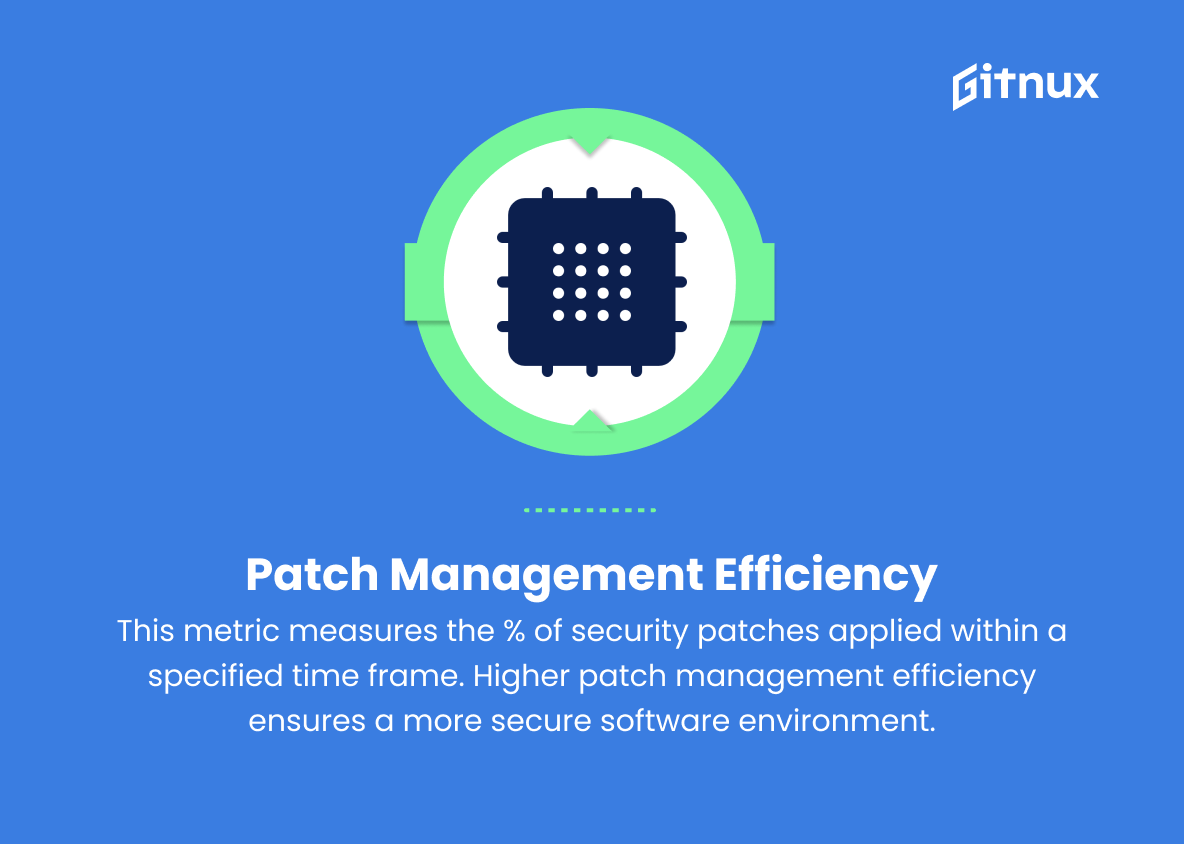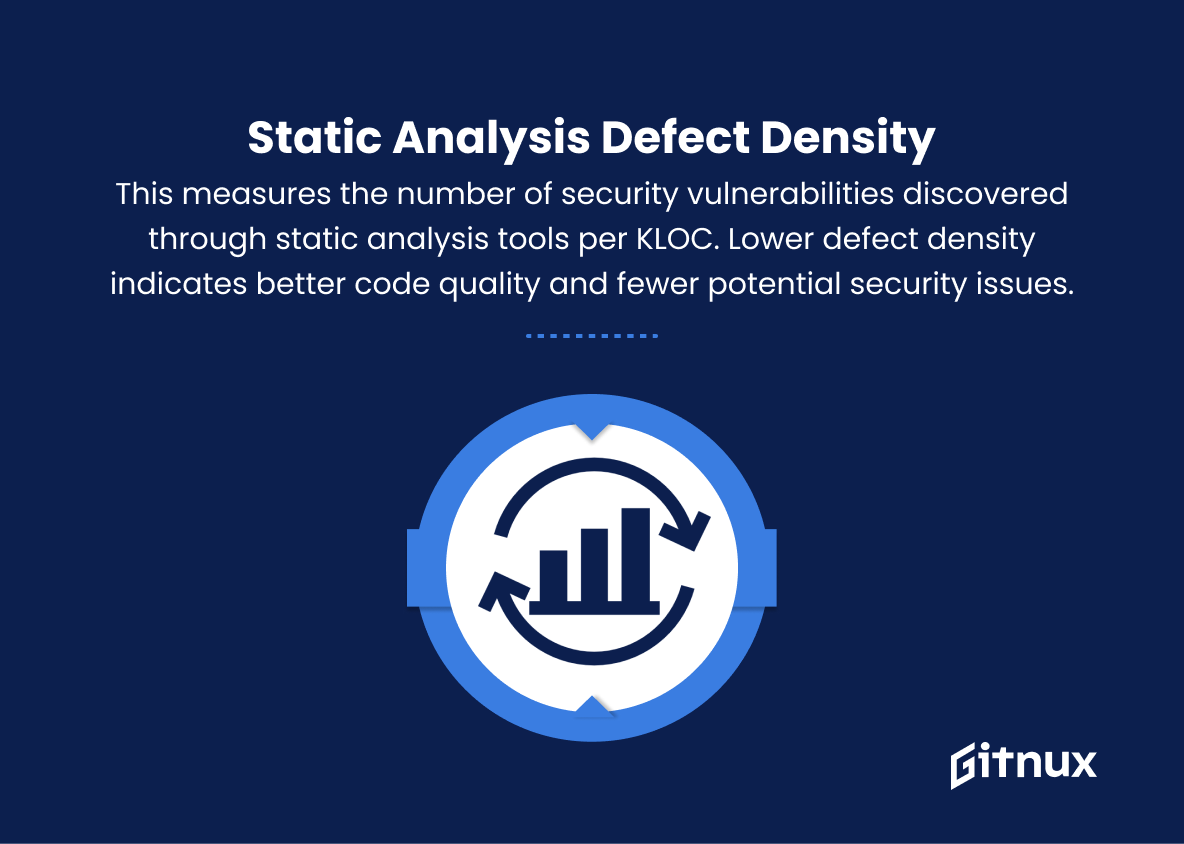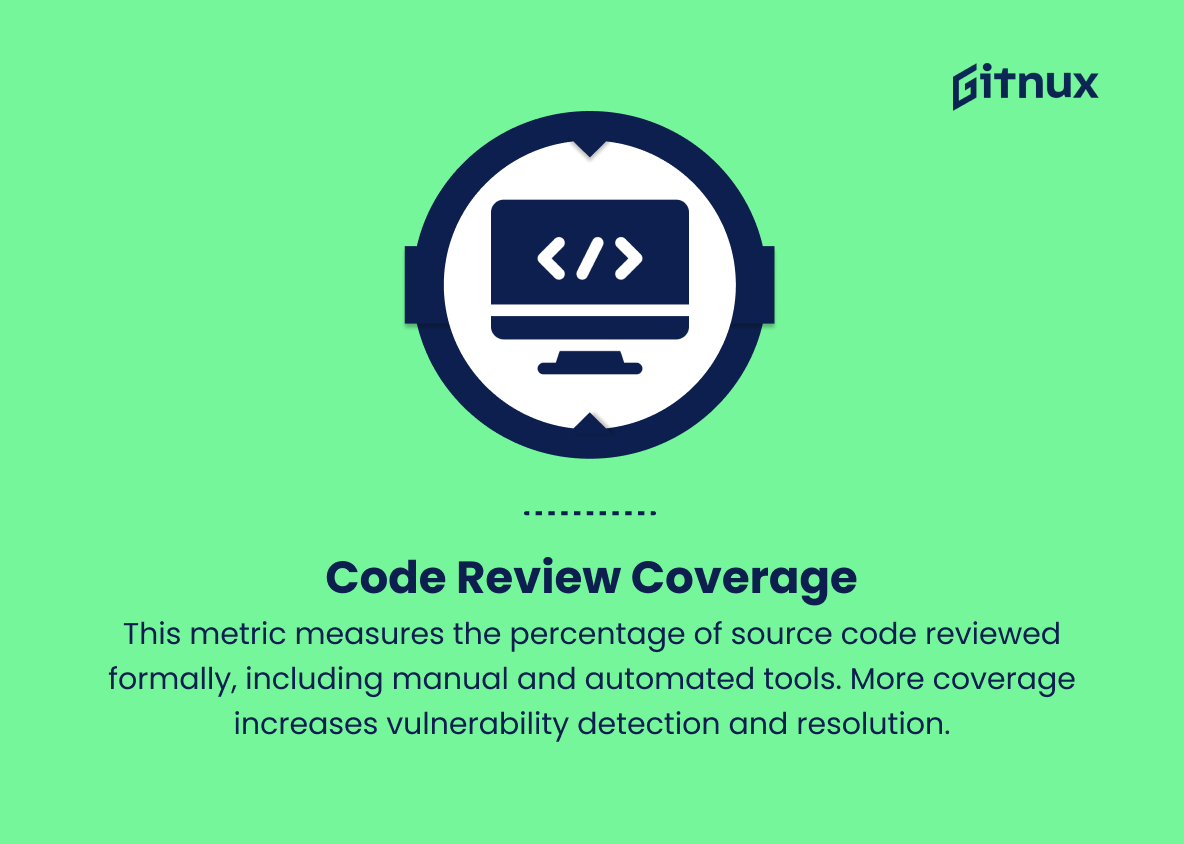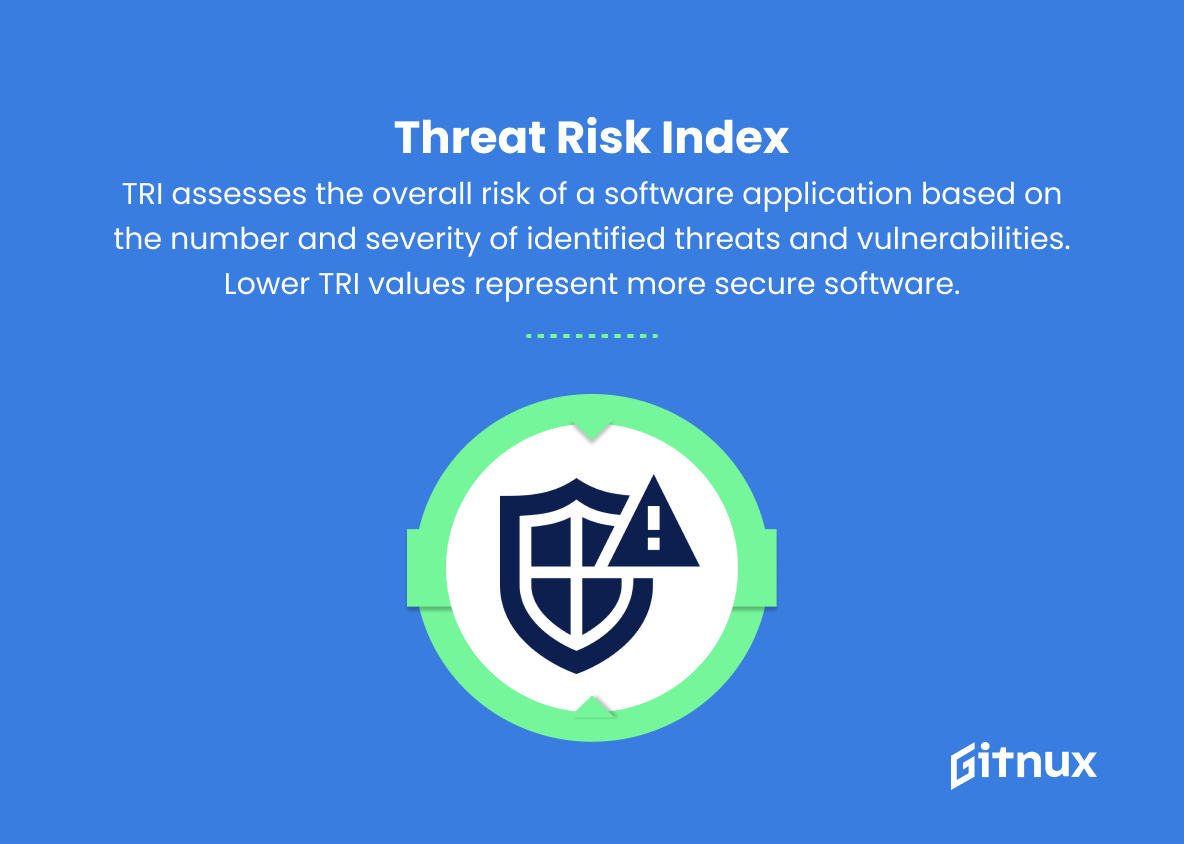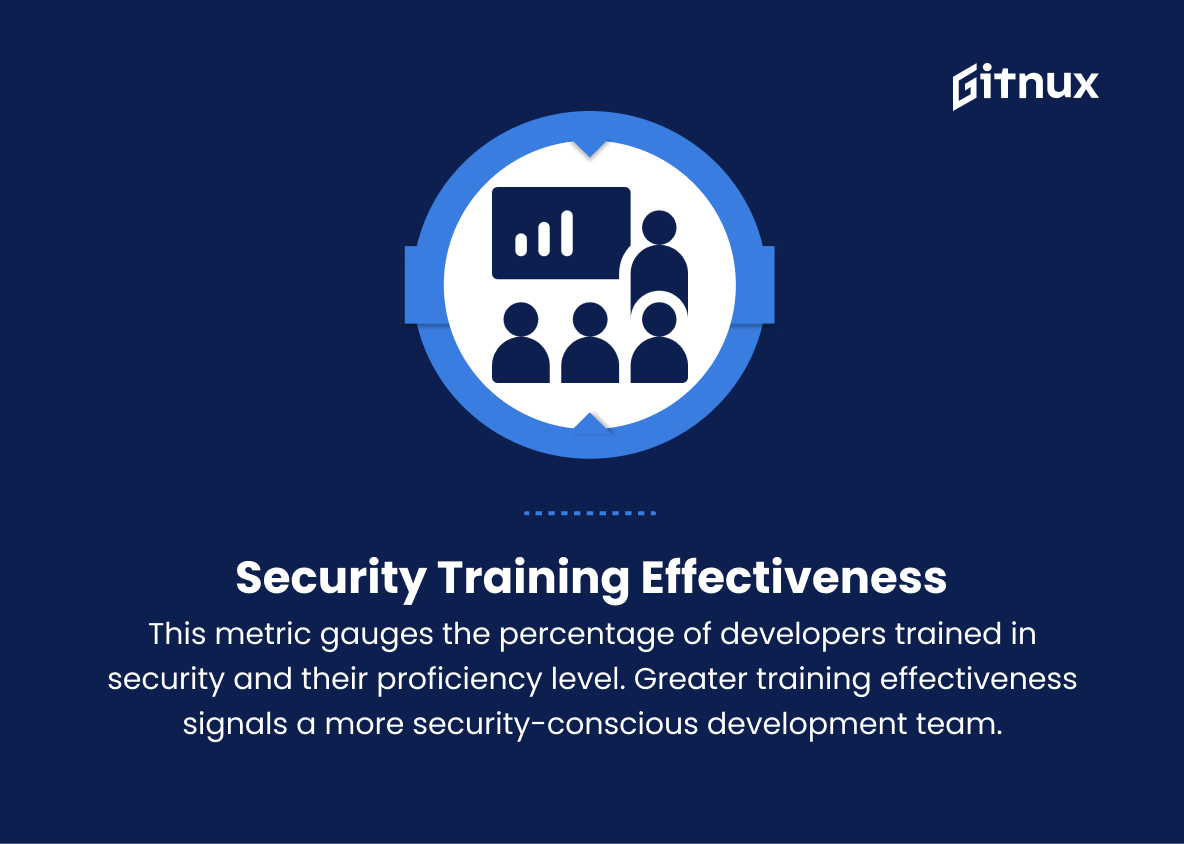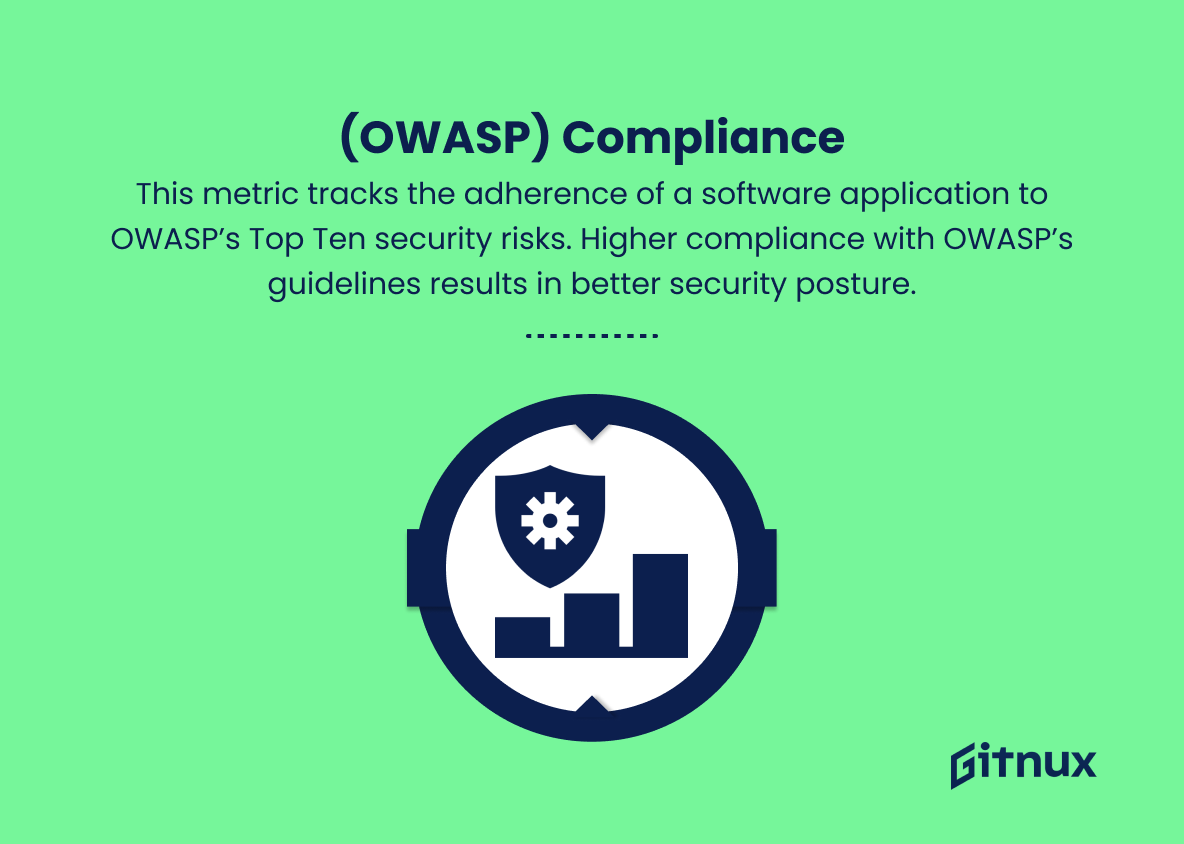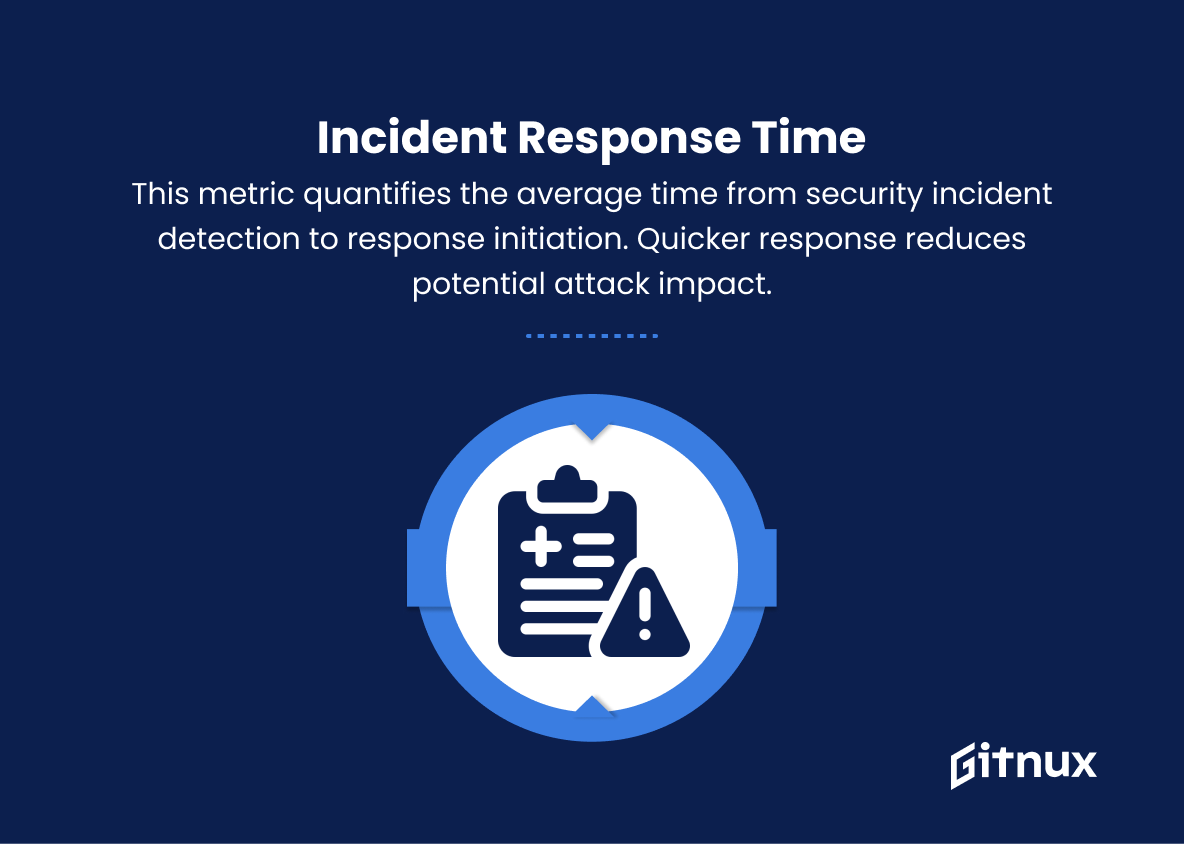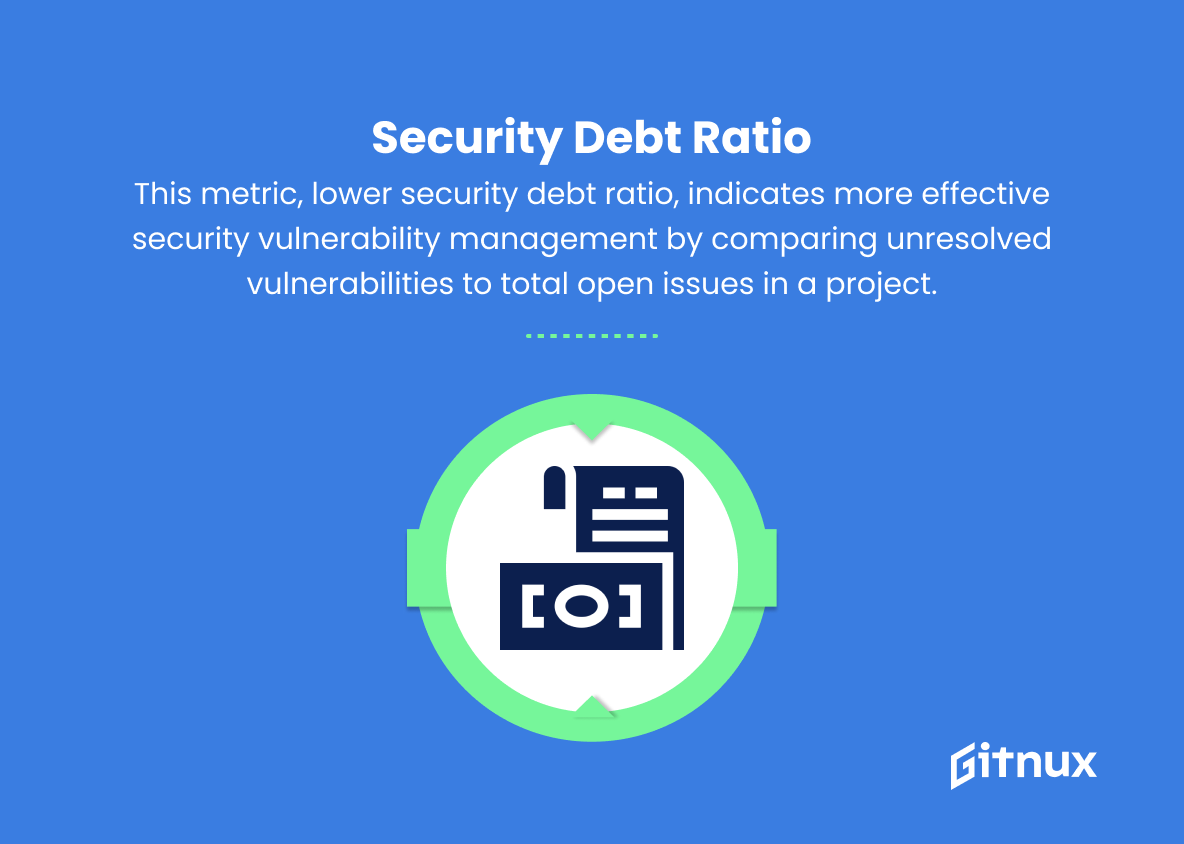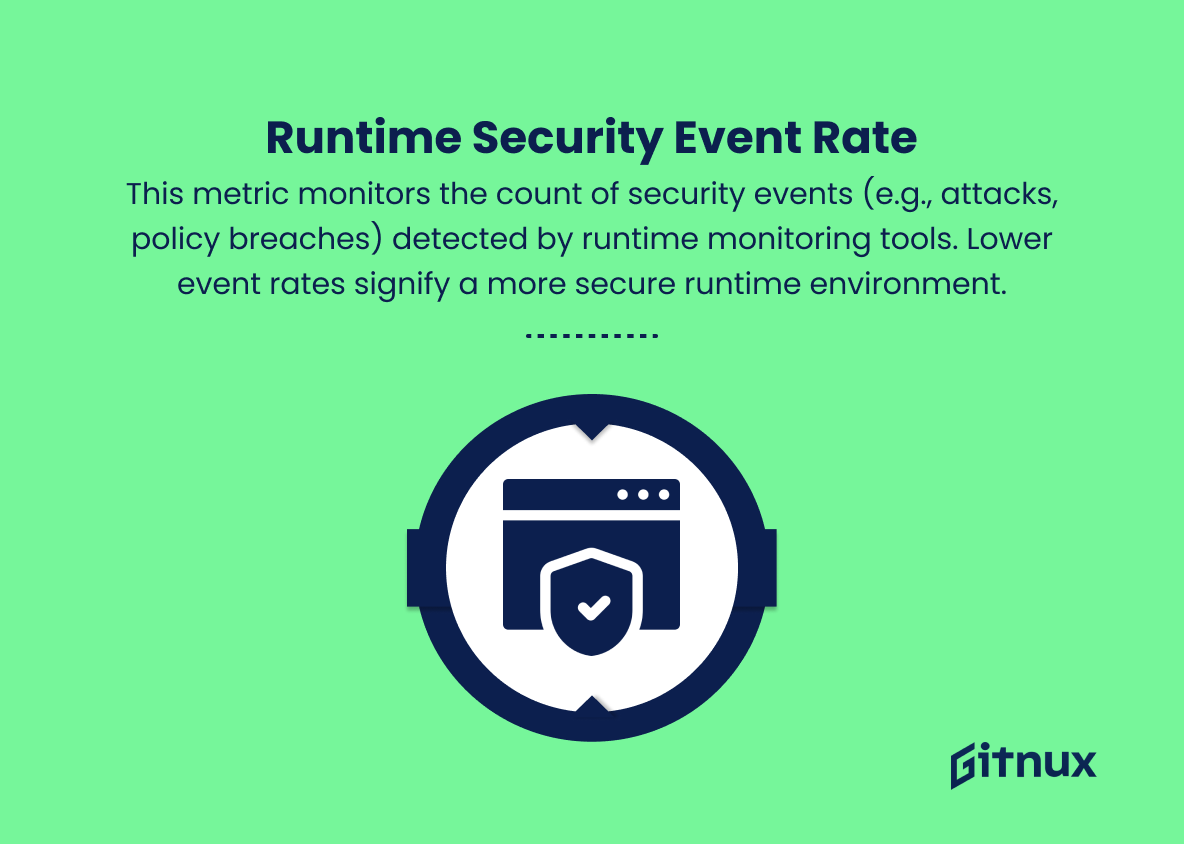In the rapidly evolving digital landscape, security has become a critical concern for organizations of all sizes and industries. To protect their invaluable data, businesses need to adopt robust and efficient software security measures that can withstand the relentless onslaught of cyber-attacks. One crucial aspect of this process is the ability to effectively measure and analyze the efficacy of security controls, a task which is accomplished through the use of software security metrics.
In this informative blog post, we will delve deeper into the world of software security metrics, uncovering their importance, types, and best practices for incorporating them into your organization’s security strategy, all while providing actionable insights for both engineers and managers alike. Join us as we embark on this critical journey, aimed at making your software systems more secure and your organization better prepared against emerging threats in the complex world of cybersecurity.
Software Security Metrics You Should Know
1. Vulnerability Density
This metric measures the number of discovered security vulnerabilities per thousand lines of code (KLOC). Lower vulnerability density means better security.
2. Mean-time to Remediate (MTTR)
This metric tracks the average time it takes to resolve or mitigate a discovered security vulnerability, from the time it is identified to the time it is fixed. Faster remediation reduces the window of opportunity for attackers.
3. Patch Management Efficiency
This metric measures the % of security patches applied within a specified time frame. Higher patch management efficiency ensures a more secure software environment.
4. Static Analysis Defect Density
This measures the number of security vulnerabilities discovered through static analysis tools per KLOC. Lower defect density indicates better code quality and fewer potential security issues.
5. Code Review Coverage
This metric tracks the percentage of source code covered by formal code reviews, including manual and automated tools. Higher code review coverage improves the likelihood of identifying and resolving vulnerabilities.
6. Threat Risk Index (TRI)
TRI assesses the overall risk of a software application based on the number and severity of identified threats and vulnerabilities. Lower TRI values represent more secure software.
7. Security Training Effectiveness
This metric measures the % of the organization’s developers who have undergone security training and their level of proficiency. Higher training effectiveness indicates a more security-aware development team.
8. Open Web Application Security Project (OWASP) Compliance
This metric tracks the adherence of a software application to OWASP’s Top Ten security risks. Higher compliance with OWASP’s guidelines results in better security posture.
9. Security Testing Coverage
This metric measures the extent to which security testing (e.g., penetration testing, fuzz testing, etc.) covers different parts of the application. Higher testing coverage ensures a more secure application.
10. Incident Response Time
This measures the average duration between the detection of a security incident and the initiation of an appropriate response. Faster response times minimize the potential impact of an attack.
11. False-Positive Rate
This metric measures the proportion of reported security vulnerabilities that turn out to be false positives. Lower false-positive rates indicate more accurate vulnerability detection tools and processes.
12. Security Debt Ratio
This metric compares the number of unresolved security vulnerabilities to the total number of open issues in a software project. A lower security debt ratio indicates that security vulnerabilities are being more effectively managed.
13. Authentication and Authorization Failure Rate
This measures the percentage of failed authentication (e.g., login attempts) and authorization (e.g., access control) requests in a given period. Higher failure rates may be indicative of brute-force attacks or unaddressed security issues.
14. Runtime Security Event Rate
This metric tracks the number of security-related events (e.g., attack attempts, policy violations) detected by monitoring tools while the software is running. Lower event rates indicate a more secure runtime environment.
Software Security Metrics Explained
Software Security Metrics are crucial in maintaining a secure software environment, as they provide insights into vulnerabilities, remediation efforts, and overall risk management. Vulnerability Density, for instance, helps identify the number of security vulnerabilities in a given amount of code, with a lower density indicating better security. Meanwhile, metrics like Mean-time to Remediate (MTTR) and Patch Management Efficiency focus on the speed and effectiveness of addressing security vulnerabilities, as a faster response minimizes the opportunity for attackers to exploit any weaknesses.
Tools like Static Analysis Defect Density and Code Review Coverage help ensure code quality and security, while the Threat Risk Index (TRI) provides a comprehensive assessment of overall risk. In addition, Security Training Effectiveness highlights the importance of cultivating security-aware development teams, and OWASP Compliance measures adherence to established security standards.
Metrics such as Security Testing Coverage, Incident Response Time, and False-Positive Rate provide insights into the effectiveness and accuracy of security testing processes, helping teams prioritize vulnerabilities efficiently. Lastly, the Security Debt Ratio, Authentication and Authorization Failure Rate, and Runtime Security Event Rate offer valuable information about the management of vulnerabilities, potential attack indicators, and the runtime security of the software. Together, these metrics allow organizations to maintain and improve their software security posture, making it more challenging for cybercriminals to succeed in their malicious endeavors.
Conclusion
In summary, Software Security Metrics are an indispensable tool for organizations and developers in the digital era. These metrics not only shine a light on the potential weaknesses and risks in software systems, but also guide teams in prioritizing efforts to enhance the security posture of their applications.
By meticulously measuring and monitoring key security indicators, organizations can take control of their software’s development life cycle and proactively safeguard critical information assets from the ever-evolving landscape of cyber threats. To stay competitive and ensure the trust of customers, businesses must embrace Software Security Metrics as a continuous and essential component of their strategic technology planning process.
